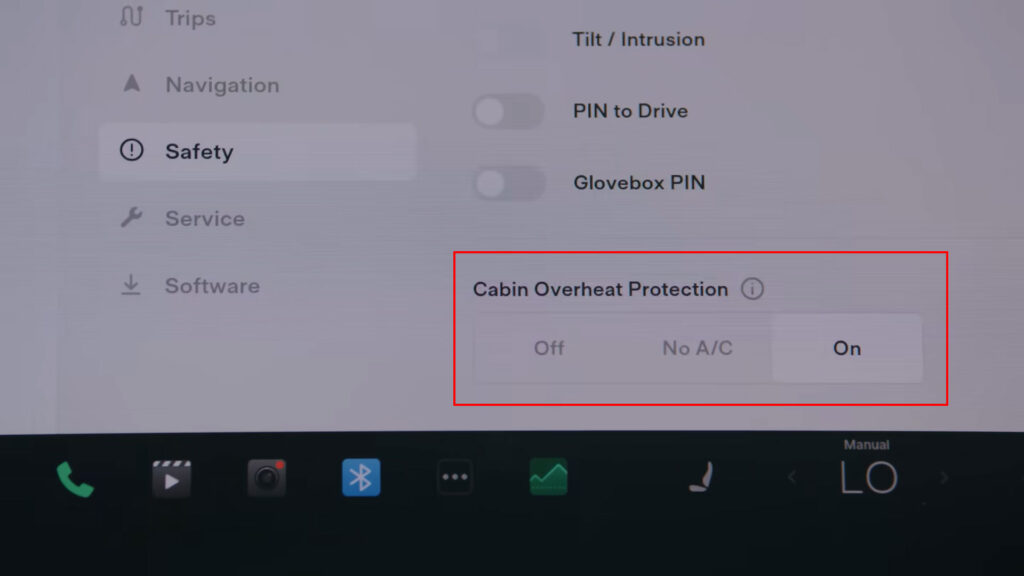Internal testing, evaluation, and data collection is a critical piece of Tesla’s vehicle production process.
The US-based electric automaker just released a video showing testing for extremely hot weather in the deserts of Dubai. This is where temperatures cross 50°C (122°F) during blazing summer days.
A team of field engineers from Tesla took a Model Y electric SUV and a Model X Plaid to test in these severe hot weather conditions. Although the highways of Dubai, UAE are very well made, they can’t escape the summer heat.
While driving off-road, the desert sand turns into a heated bed under the car — directly transferring heatwaves onto the battery pack (integrated into the floor of a Tesla vehicle/EV).
Although mild warm weather is ideal for getting the best range out of an electric vehicle, an extremely hot climate is the ultimate test of a battery pack’s cooling system.
Not only the deserts of Dubai are extremely hot, but they are excessively humid as well. Tesla field quality engineers took the cars to a famous mountainous area named Ras Al Khaimah which is around 150 kilometers (~93 miles) away from Dubai. Humidity levels in these areas can reach up to 80-90% on some days.

On the field testing day at Jebel Jais, Ras Al Khaimah, UAE, the temperature reached 51°C (123.8°F) at one point. The mountain of Jebel Jais is the highest location in the UAE, 1,400 meters above sea level.
On top of all these heat-elevating factors, Tesla engineers chose the heat-absorbing black colors for both Model Y and Model X Plaid testing vehicles.
Tesla engineers said that they test the vehicles for 250 to 400 kilometers (~155 – 250 miles) on a typical hot weather testing day.
Besides evaluating range and battery performance in hot weather, it is also important to keep the vehicle occupants cooled down. Tesla owners can turn on Cabin Overheat Protection to keep the cabin from getting overheated. This option can be toggled on or off by going to Controls > Safety > Cabin Overheat Protection (see screenshot below).

With the data extracted from these hot weather tests, Tesla will be able to improve both the hardware and software in the future.
Tesla has teased its hot weather testing in this new video. Similarly, the automaker tests its vehicles for extreme cold weather in Alaska, USA and Norway.
These testing and analysis helped Tesla invent new ways of thermal management in an electric vehicle. The most important innovation was the heat pump which was first introduced in Model Y vehicles.
Let’s watch how Tesla engineers test their EVs in one of the hot and humid conditions on the planet.
Stay tuned for constant Tesla updates, follow us on:
Google News | Flipboard | X (Twitter) | WhatsApp Channel | RSS (Feedly).
Related
- Tesla rolls out the 2025 Holiday Update (2025.44.25.1), new features and release notes
- Tesla FSD v14.2.1 conquers ‘The Snake’ highway in California (hairpin turns, ~30 curves, video)
- Tesla FSD v14.2.1 recognizes hand gestures and proceeds a red light and more (videos)
- License Tesla FSD or face the disruption — Musk once again warns legacy automakers
- Tesla offers 30-day FSD v14 trials to HW4 vehicles in North America, FSD v14.2 goes wide release
- Tesla update 2025.44 goes wide with Radio Traffic Announcements, dashcam tweaks, preps for Holiday Update (Release Notes)








